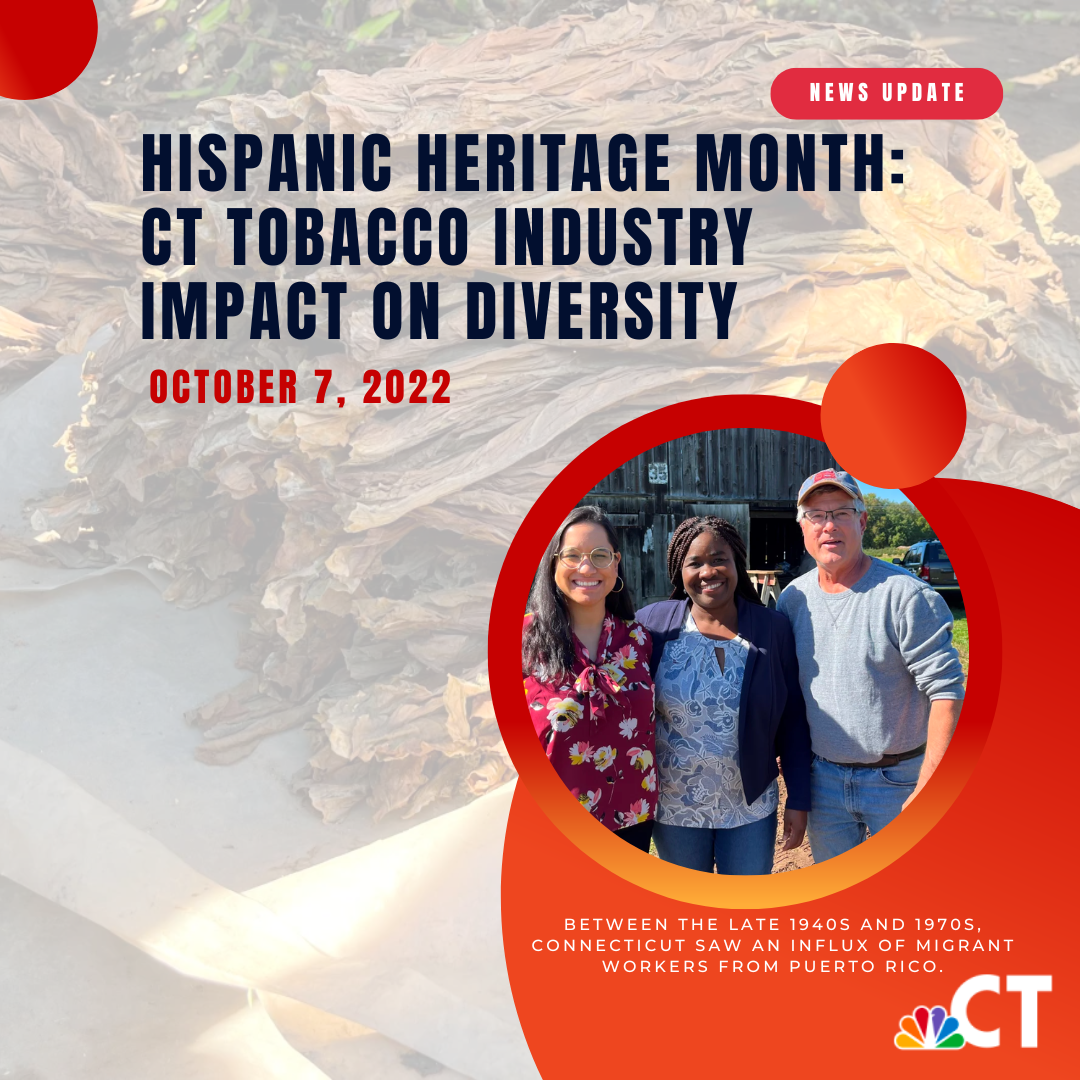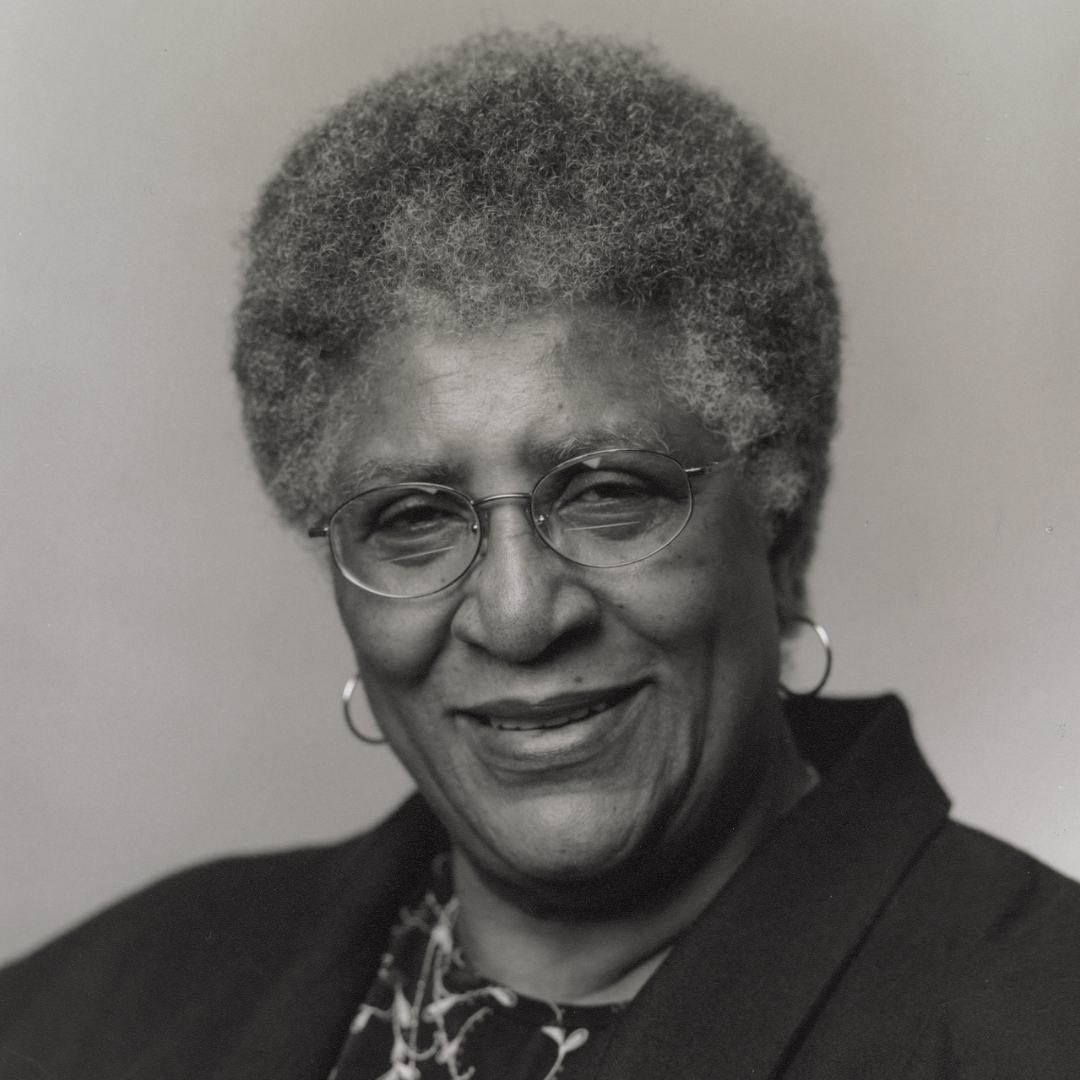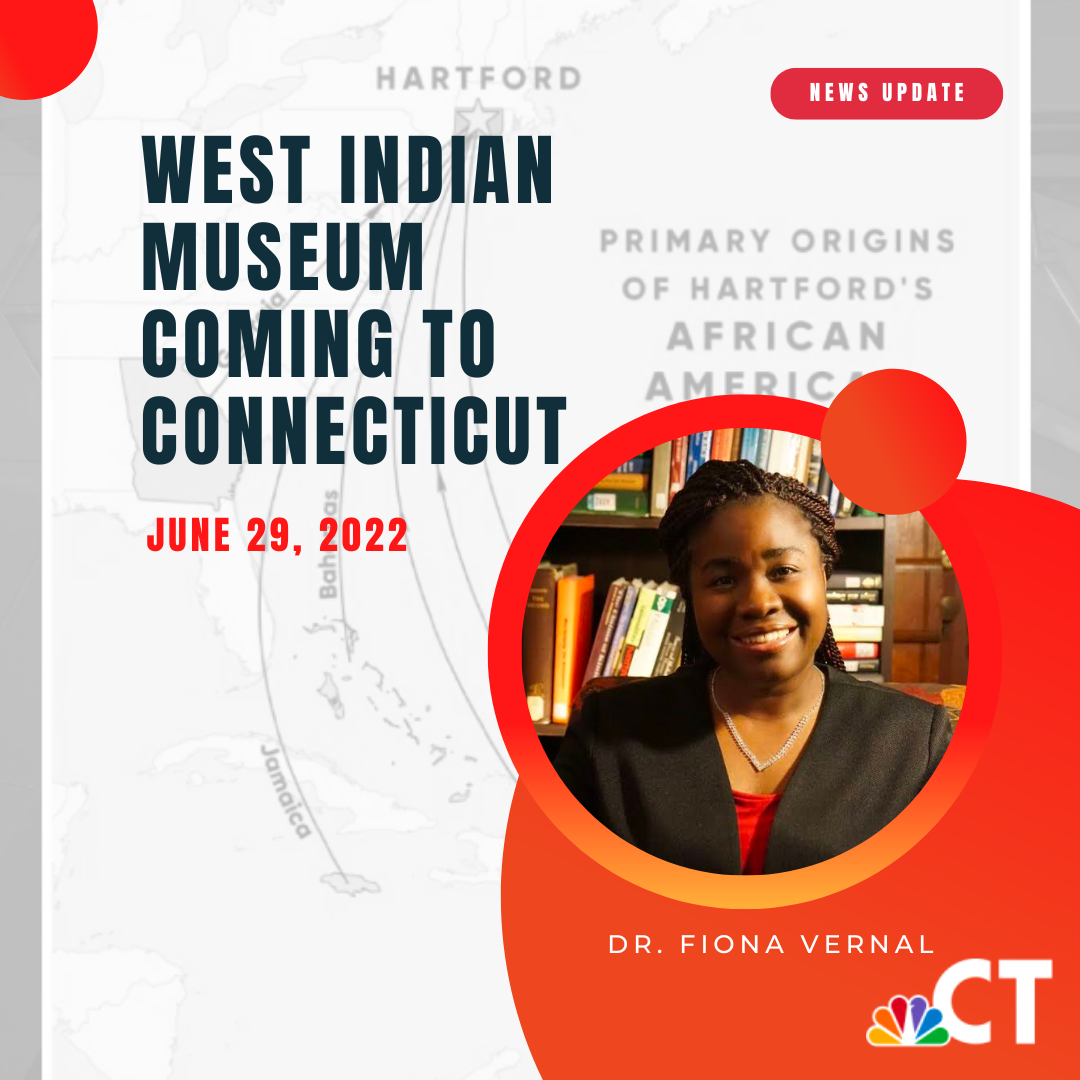Like West Indians in the 1940s and 1950s, many African-Americans had migrated north in search of better opportunities. Both migration waves underscore the quintessential quest for a better life that spurs people to leave their birth places. They followed a family member, a job opportunity, or a friend. Florence Wollaston’s father, William Kiser, Sr. moved to the Hartford area where he had an uncle and sought work. It was a permanent move. He settled, got married, and raised his family in Hartford.
Florence Wollaston recalls how her parents moved around in the 1940s trying to find the right apartment in Hartford. Not only was it difficult for African-Americans to find suitable places to live, when they did find accommodations for rent, they were often in mediocre or poor conditions. Her family lived up and down Kenton Street in the 1940s. She remembers how her street would be flooded by the Connecticut River at the intersection of Canton St and Bellevue St and how her father had helped to build the dike to prevent these floods. There was no heat and hot water; ice had to be bought from the trucks on the street and clothes had to be ironed with a heavy metal iron. Each move the Wollaston family made was in search of a better place to live.
She recalls the razing of homes on Pavillion, Canton, and Wooster Streets to make way for the Bellevue Square housing project. Moving to Bellevue Square between 1943 and 1944 was a dream come true for the Kiser family. Playing tennis and spending many hours at the playground were among the memories that stood out during her childhood years at Bellevue Square. These poignant memories of the “projects” are crucial because they show that at particular moments, these housing projects represented upward mobility for many African-Americans who were hard-pressed, like the Kiser family, to find proper accommodations in the 1940s and 1950s. The establishment of Bellevue square filled a dire need for suitable housing with the right amenities. She lived in apartment 54C with heat and hot water for the first time. Moving to Bellevue Square was one of the most memorable events and happiest moments in Florence Wollaston’s life.
WORKING TOBACCO AND MEETING WEST INDIANS
From age 13 to 16 Mrs. Wollaston spent part of her summers working with her mother on the tobacco farms. They participated in the laborious process of tobacco production from planting, weeding, smoking, and curing through to the final shipment from the warehouse. It was here on the farms that she first encountered West Indians. She was wary of them at first. After all, they were men who spoke a language unfamiliar to her. Mrs Wollaston recalled one day when the snow fell that the West Indian men who saw it said, “Sugar is falling from the sky.” Her mother made it easier to understand what the men were saying and sometimes on weekends she invited them to her home, cooked meals for them, and made them feel at home. It was during these crucial weekends, when Mrs. Kiser extended her hospitality and opened her heart to these men, that Mrs. Wollaston grew accustomed to West Indians. For West Indian men and women, the kindness, hospitality, and friendship of the African American community blunted some of the difficulties of being far away from home.

Hartford Bound Digital Museum
News & Media
Hispanic Heritage Month: CT Tobacco Industry Impact on Diversity
Between the late 1940s and 1970s, Connecticut saw an influx of migrant workers from Puerto Rico.
&n...





0 Comments